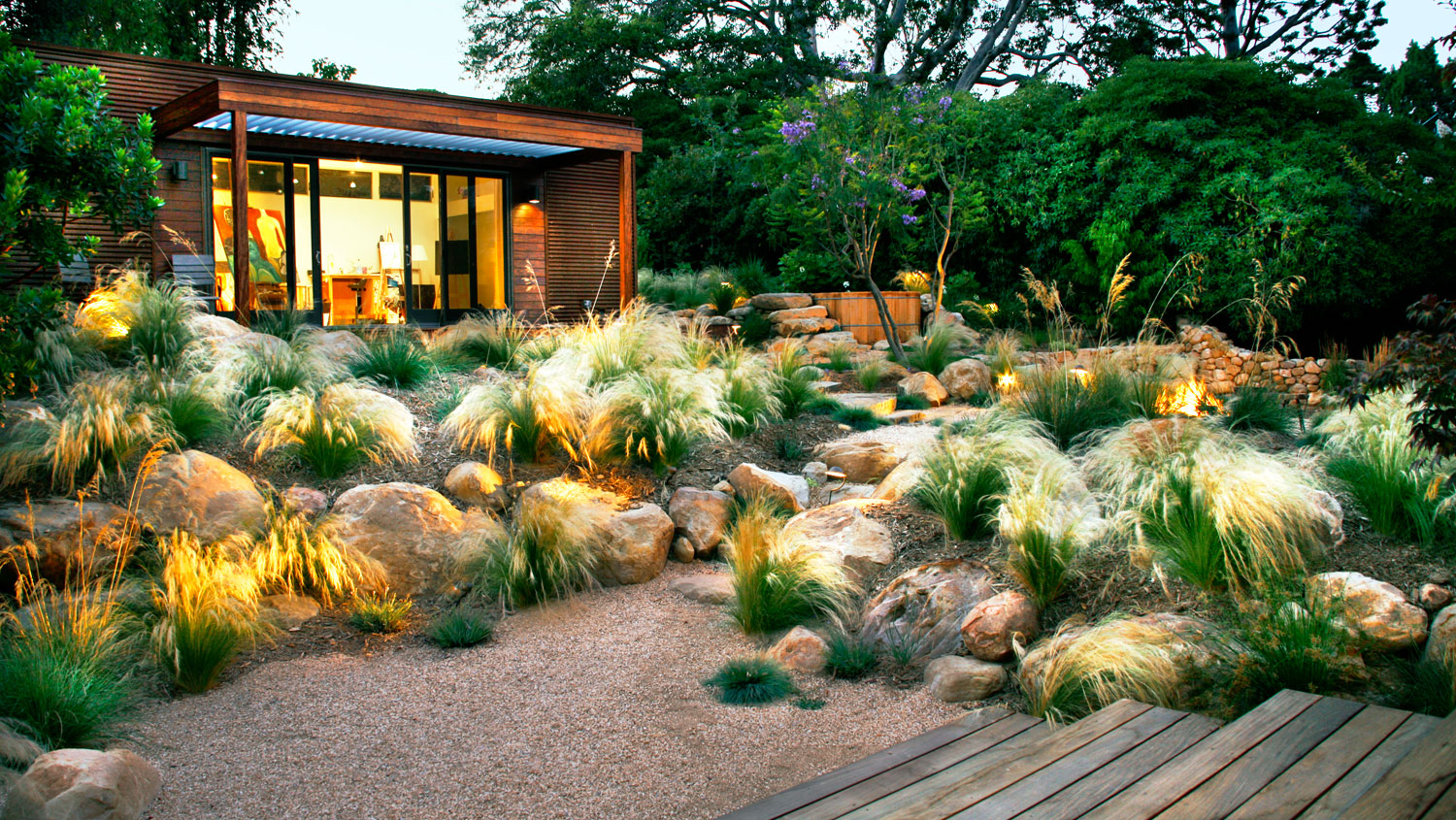Now Reading: Eco-Friendly Water Systems That Can Cut Your Water Bills 2025
-
01
Eco-Friendly Water Systems That Can Cut Your Water Bills 2025
Eco-Friendly Water Systems That Can Cut Your Water Bills 2025

Table of Contents
Water is one of the most vital resources on Earth. Every living being depends on clean, safe water for survival. However, with increasing population, pollution, and climate change, the global demand for water has grown, while freshwater availability has become more strained than ever. In this situation, eco-friendly water systems have emerged as an essential solution for conserving water, protecting the environment, and promoting sustainable living.
This article explores what eco-friendly water systems are, how they work, their benefits, and how individuals, businesses, and governments can adopt them for a better, greener future.
What Are Eco-Friendly Water Systems?
Eco-friendly water systems are designed to reduce water waste, reuse existing water resources, and minimize the environmental impact of water usage. These systems use advanced technology and smart design to achieve efficiency and sustainability. They can be installed in homes, buildings, industries, and even cities.
Some common types of eco-friendly water systems include:
- Rainwater harvesting systems
- Greywater recycling systems
- Water-efficient appliances and fixtures
- Natural water purification systems
- Drip irrigation systems in agriculture
Let’s understand each of these systems in more detail.
1. Rainwater Harvesting Systems
Rainwater harvesting is one of the simplest and oldest methods of water conservation. These systems collect and store rainwater from rooftops, paved surfaces, or natural landscapes. The collected water is filtered and stored in tanks for non-drinking purposes like gardening, toilet flushing, and cleaning.
Some advanced rainwater harvesting systems also purify water for drinking. By using rainwater, people can reduce their dependence on municipal supplies and groundwater sources. This system is especially useful in areas that face frequent water shortages.
2. Greywater Recycling Systems
Greywater is wastewater from sources like bathroom sinks, showers, washing machines, and kitchen sinks—basically, any source that doesn’t involve sewage. Eco-friendly greywater recycling systems treat and reuse this water for irrigation, flushing toilets, and other non-potable uses.
Instead of allowing this water to go down the drain, these systems extend its use and help conserve large volumes of fresh water every day.
3. Water-Efficient Appliances and Fixtures
Modern eco-friendly homes and buildings are now using water-efficient appliances such as:
- Dual-flush toilets
- Low-flow showerheads
- Faucet aerators
- High-efficiency washing machines and dishwashers
These devices are engineered to use less water without compromising performance. For example, a regular showerhead may use up to 20 liters of water per minute, while a low-flow showerhead uses around 9 liters.
Over time, these small changes can lead to major water savings and lower utility bills.
4. Natural Water Purification Systems
Natural water purification methods use plants, soil, sand, and sunlight to clean water. Constructed wetlands and bio-filtration systems mimic natural processes to remove impurities from wastewater.
Such systems are commonly used in eco-parks, green buildings, and sustainable urban planning. They offer a chemical-free method of cleaning water, making them an ideal eco-friendly solution.
5. Drip Irrigation for Agriculture
In agriculture, water is often wasted through flood irrigation, where large quantities of water are lost due to evaporation or runoff. Drip irrigation systems deliver water directly to the base of each plant, minimizing wastage and improving water efficiency.
By using this method, farmers can save up to 50–70% of water while increasing crop yield. It’s an essential part of sustainable farming.
Why Are Eco-Friendly Water Systems Important?
There are several reasons why eco-friendly water systems are gaining popularity around the world. Let’s take a look at their main benefits:
- Water conservation: These systems reduce unnecessary water use and promote recycling and reuse.
- Lower utility bills: Water-efficient systems help cut monthly water and energy bills.
- Reduced environmental impact: By minimizing wastewater and runoff, these systems help prevent water pollution.
- Less strain on infrastructure: Reducing water demand also eases the pressure on municipal water supply and sewage systems.
- Increased self-sufficiency: Homeowners and businesses become less dependent on public water sources.
Government Support and Incentives
Many governments across the world have started recognizing the importance of water conservation and are offering incentives to promote eco-friendly water systems.
These include:
- Tax rebates for installing rainwater harvesting systems
- Subsidies for water-efficient appliances
- Grants for building greywater recycling plants
- Water conservation campaigns to raise public awareness
Such initiatives not only encourage adoption but also create a supportive ecosystem for innovation in sustainable water technologies.
The Role of Technology in Water Conservation
Modern technology is playing a huge role in improving the effectiveness of eco-friendly water systems. Smart sensors, automated controls, and mobile apps are now being integrated into systems for better monitoring and management.
For instance, smart irrigation controllers adjust watering schedules based on weather forecasts and soil moisture levels, ensuring that water is used only when needed.
Likewise, water meters connected to home networks can alert users about leaks or excessive water usage, helping them take timely action.
Steps to Implement an Eco-Friendly Water System at Home
If you are looking to adopt an eco-friendly water system, here are a few simple steps to get started:
- Conduct a water audit: Understand how much water your home uses and where the waste happens.
- Fix leaks: A dripping tap can waste hundreds of liters of water over time.
- Install water-saving fixtures: Switch to low-flow taps, dual-flush toilets, and efficient appliances.
- Harvest rainwater: Install gutters, filters, and storage tanks for rain collection.
- Reuse greywater: Set up a basic greywater reuse system for your garden or toilets.
The Future of Water Sustainability
As climate change intensifies and freshwater becomes scarcer, the shift toward eco-friendly water systems is no longer optional it’s essential. Whether it’s for individual households, large corporations, or urban planners, making water systems more sustainable will be key to protecting our future.
Innovations in green technology, combined with policy support and community involvement, are paving the way toward a future where water is used responsibly and wisely.
Read More:- Shobha Realty Launches Its Most Luxurious Project Yet—Full Details Inside 2025






















